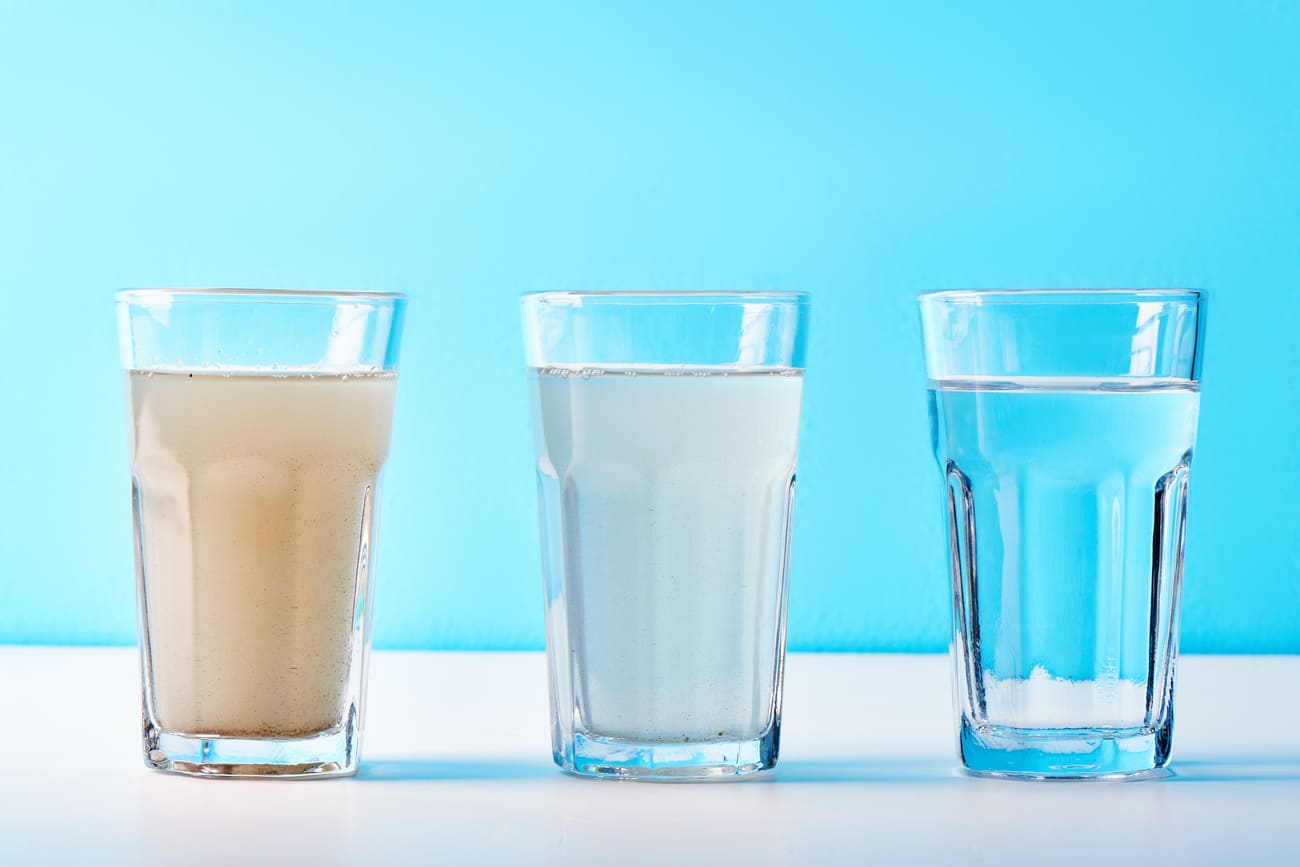We all expect our tap water to be crystal clear and safe for consumption, but sometimes we’re faced with the unsettling phenomenon of cloudy tap water. It’s not only aesthetically unappealing but can also raise concerns about its quality and safety. If you’re grappling with cloudy tap water, fear not! This guide will delve into the causes of cloudy water and provide you with practical solutions to restore your water’s clarity and peace of mind.
Understanding Cloudy Tap Water
Cloudy tap water, often described as milky or hazy in appearance, occurs when tiny particles are suspended in the water. These particles scatter light, giving the water a cloudy appearance. While cloudy water is usually harmless, it’s essential to identify the underlying cause to ensure your water’s quality and safety.
Common Culprits Behind Cloudy Water
Air Bubbles
Tiny air bubbles can get trapped in the water due to pressure changes in the water supply system. These bubbles create a cloudy appearance that usually disappears after a few moments. If the cloudiness persists, other factors might be at play.
Sediment and Minerals
Mineral particles and sediment can enter the water supply due to aging pipes or disturbances in the water distribution system. These particles, such as calcium, magnesium, or iron, can create cloudiness.
Microorganisms
Microscopic organisms like bacteria and algae can multiply in the water supply, causing cloudiness. While most of these microorganisms are harmless, they can be indicative of a water quality issue.
Testing Water Quality
Before embarking on a solution, it’s wise to assess your water’s quality to rule out any health risks.
Home Testing Kits
Home testing kits are readily available and offer a basic understanding of your water’s composition. They can detect pH levels, chlorine content, and the presence of certain contaminants. However, for a more comprehensive analysis, consider professional testing.
Recommended
Professional Testing
Professional water testing provides in-depth insights into your water’s composition, identifying a wide range of potential contaminants. Contact your local health department or water utility to inquire about professional testing services.
Strategies to Clear Cloudy Tap Water
Flushing the Lines
Sometimes, the simplest solution is the most effective. Let your taps run for a few minutes to flush out any trapped air or loose sediment causing cloudiness.
Allowing Settling
Fill a clean container with tap water and let it sit undisturbed for a few hours. The heavier particles will settle at the bottom, leaving clearer water at the top. Carefully pour the clear water into another container, leaving the sediment behind.
Using a Filter
Various types of filters, such as activated carbon filters or sediment filters, can remove particles causing cloudiness. Ensure the filter is appropriate for your specific water quality issues.
Recommended
Prevention for Future Cloudiness
Regular Maintenance
Schedule regular maintenance for your plumbing system. Inspect pipes for corrosion, leaks, or any potential sources of contamination. Addressing issues promptly can prevent cloudiness and maintain water quality.
Protecting Water Source
If your water source is a well, ensure it’s properly maintained and sealed to prevent external contaminants from entering. Regular testing of well water is crucial to catch any quality issues early on.
Frequently Asked Questions (FAQs)
Q1: Is cloudy tap water safe to drink?
A1: Generally, cloudy tap water is safe to drink as it’s usually caused by harmless particles. However, if the cloudiness persists or is accompanied by an unusual taste or odor, consider testing your water for potential contaminants.
Q2: Will boiling cloudy water make it clear?
A2: Boiling cloudy water might kill some microorganisms, but it won’t necessarily make the water clear. The cloudiness is often due to suspended particles that won’t be removed by boiling.
Q3: Can I use bottled water instead of fixing cloudy tap water?
A3: While using bottled water temporarily is an option, addressing the issue causing cloudy tap water is a more sustainable solution. Bottled water can be expensive and has its own environmental implications.
Conclusion
Cloudy tap water might be a perplexing issue, but armed with knowledge about its causes and solutions, you can restore clarity and peace of mind to your water supply. Whether it’s a simple flush, settling process, or using filters, taking proactive steps will ensure that your tap water not only looks crystal clear but remains safe for consumption.

